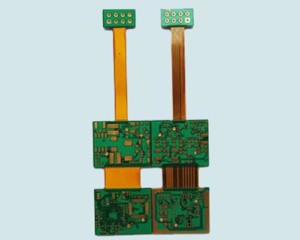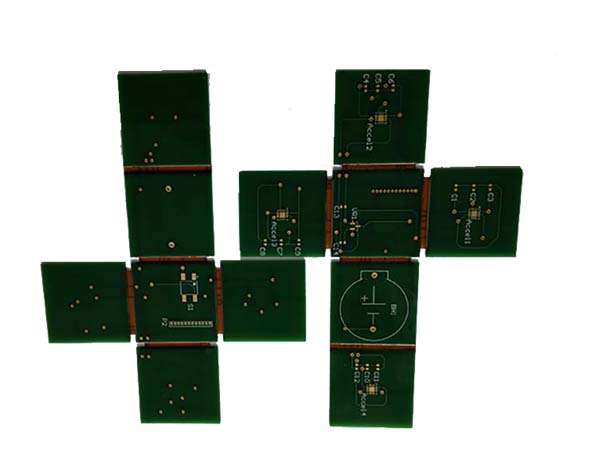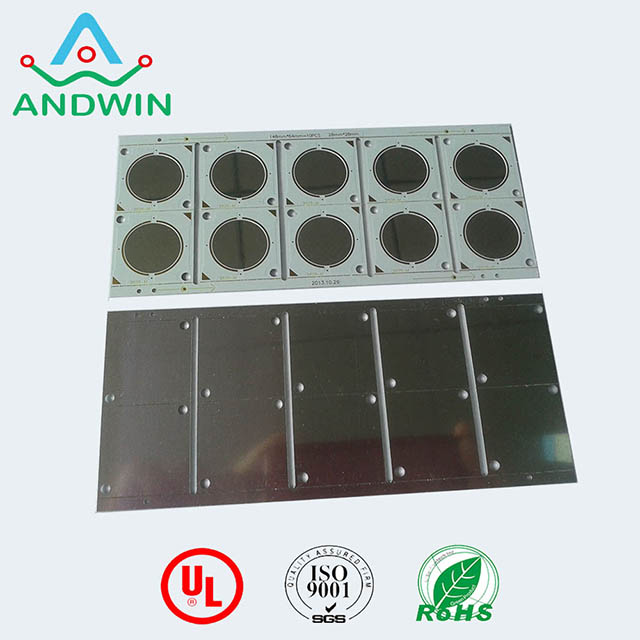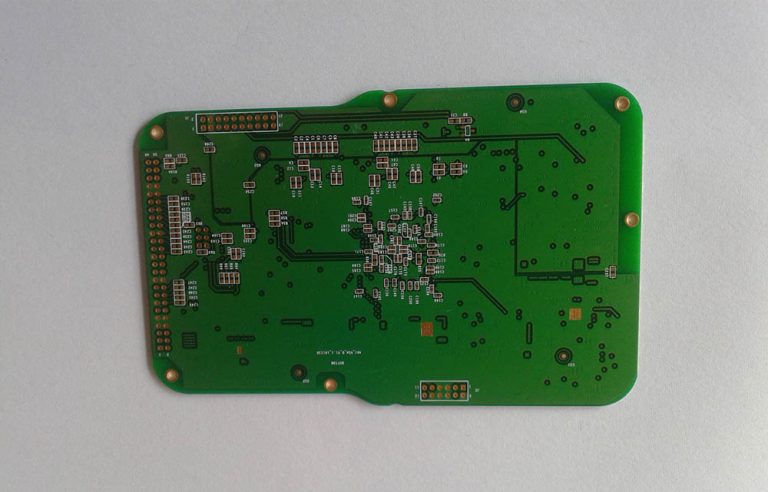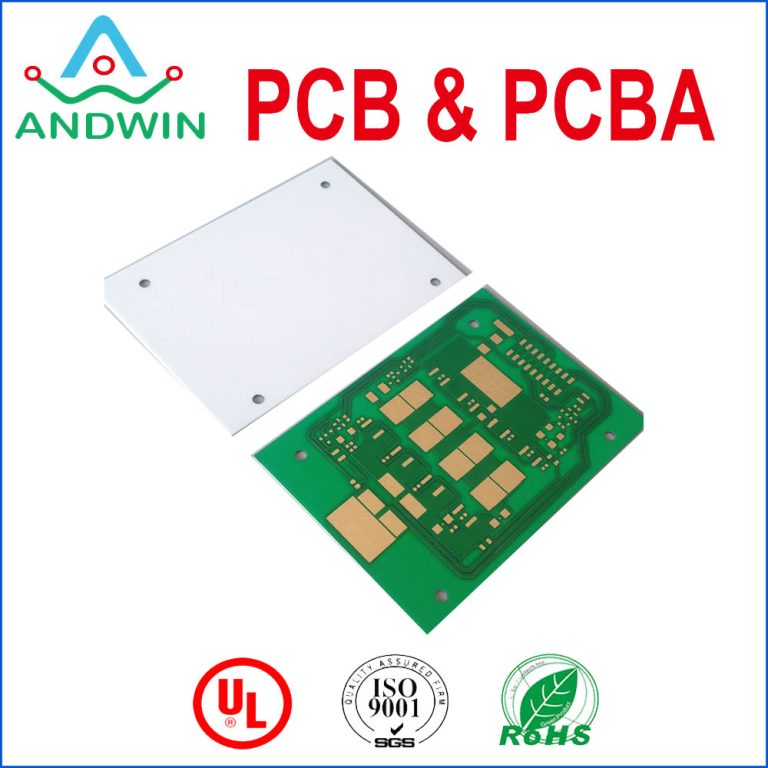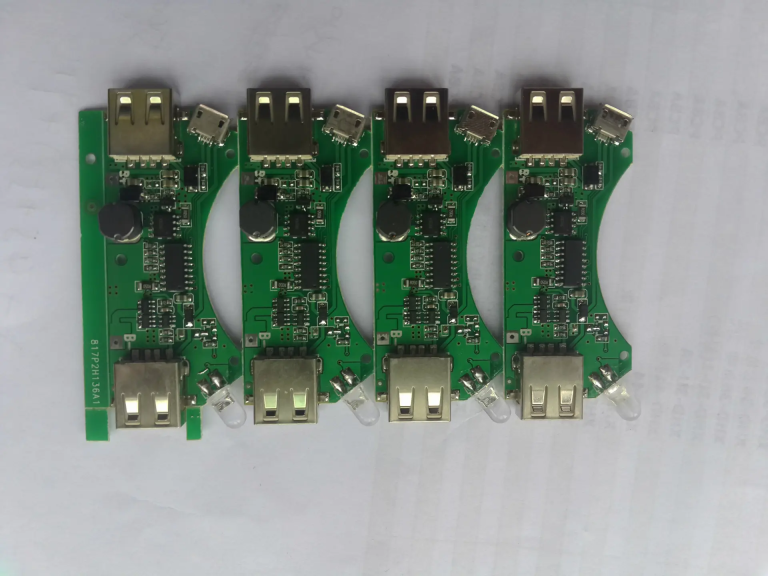Quick turn rigid flex pcb
A quick turn rigid flex PCB refers to a printed circuit board that combines both rigid and flexible materials in a single design.
This type of PCB is commonly used in applications where space is limited or where the board needs to bend or flex during use.
A quick turn rigid flex PCB is produced on a fast turnaround time to meet the urgent needs of the customer.
This type of PCB is typically manufactured using advanced technologies such as laser drilling and automated assembly to ensure high quality and reliability.
Quick turn rigid flex PCBs are widely used in industries such as aerospace, medical, and military,
where high performance and reliability are critical.
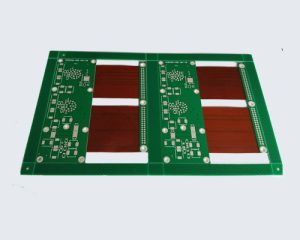
the role of quick turn rigid flex pcb
The role of quick turn rigid flex PCBs is to provide a flexible and reliable solution for electronic devices that require a combination of rigid and flexible materials in a single design.
These PCBs are designed to withstand bending, twisting, and flexing without breaking or losing their electrical connections.
They are used in a wide range of applications, including aerospace, medical, military, and consumer electronics.
Quick turn rigid flex PCBs are essential in applications where space is limited and where traditional rigid PCBs cannot be used due to their inflexibility.
They allow for more compact designs and can reduce the weight of the overall system.
Additionally, they can reduce the number of interconnects required, which can improve the reliability of the system.
Quick turn rigid flex PCBs are also critical in applications where time is of the essence.
They are manufactured on a fast turnaround time to meet the urgent needs of customers.
This is particularly important in industries such as aerospace and military,
where quick turnaround times can mean the difference between success and failure.
Overall, the role of quick turn rigid flex PCBs is to provide a flexible and reliable solution for electronic devices that require a combination of rigid and flexible materials in a single design, while also meeting the urgent needs of customers in a fast-paced industry.
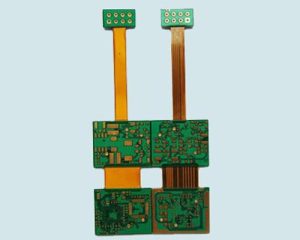
rigid flex pcb process contents
The rigid-flex PCB process typically includes the following steps:
1. Design:
The first step is to design the rigid-flex PCB according to the specifications and requirements of the application.
This includes determining the number of layers, the placement of components, and the routing of traces.
2. Material selection:
The next step is to select the appropriate materials for the rigid and flex portions of the PCB.
This includes choosing the right types of substrates, adhesives, and coverlay materials.
3. Fabrication:
The fabrication process includes several steps, such as drilling, plating, and etching.
The rigid and flex portions of the PCB are fabricated separately and then bonded together using an adhesive.
4. Assembly:
Once the rigid-flex PCB is fabricated, it is ready for assembly.
This includes placing components on the board, soldering them in place, and testing the board for functionality.
5. Testing:
The final step is to test the rigid-flex PCB to ensure that it meets the required specifications and functions properly.
Throughout the rigid-flex PCB process, quality control measures are taken to ensure that the final product is of high quality and meets the customer’s requirements.

where is the rigid flex printed circuits used?
Rigid-flex printed circuits are used in a variety of applications where space is limited,
and the board needs to be able to bend or flex without breaking.
Some common uses for rigid-flex PCBs include:
1. Medical Devices:
Rigid-flex PCBs are commonly used in medical devices such as pacemakers, defibrillators, and implantable devices.
The flexible portion of the board allows the device to conform to the shape of the body, while the rigid portion provides support and stability.
2. Aerospace and Defense Systems:
Rigid-flex PCBs are used in aerospace and defense systems such as satellites, missiles, and aircraft.
The flexible portion of the board allows the system to withstand vibrations and shocks, while the rigid portion provides support and stability.
3. Consumer Electronics:
Rigid-flex PCBs are used in consumer electronics such as smartphones, tablets, and laptops.
The flexible portion of the board allows the device to be thinner and lighter, while the rigid portion provides support and stability.
4. Automotive:
Rigid-flex PCBs are used in automotive applications such as navigation systems, entertainment systems, and safety systems.
The flexible portion of the board allows the system to conform to the shape of the vehicle, while the rigid portion provides support and stability.

